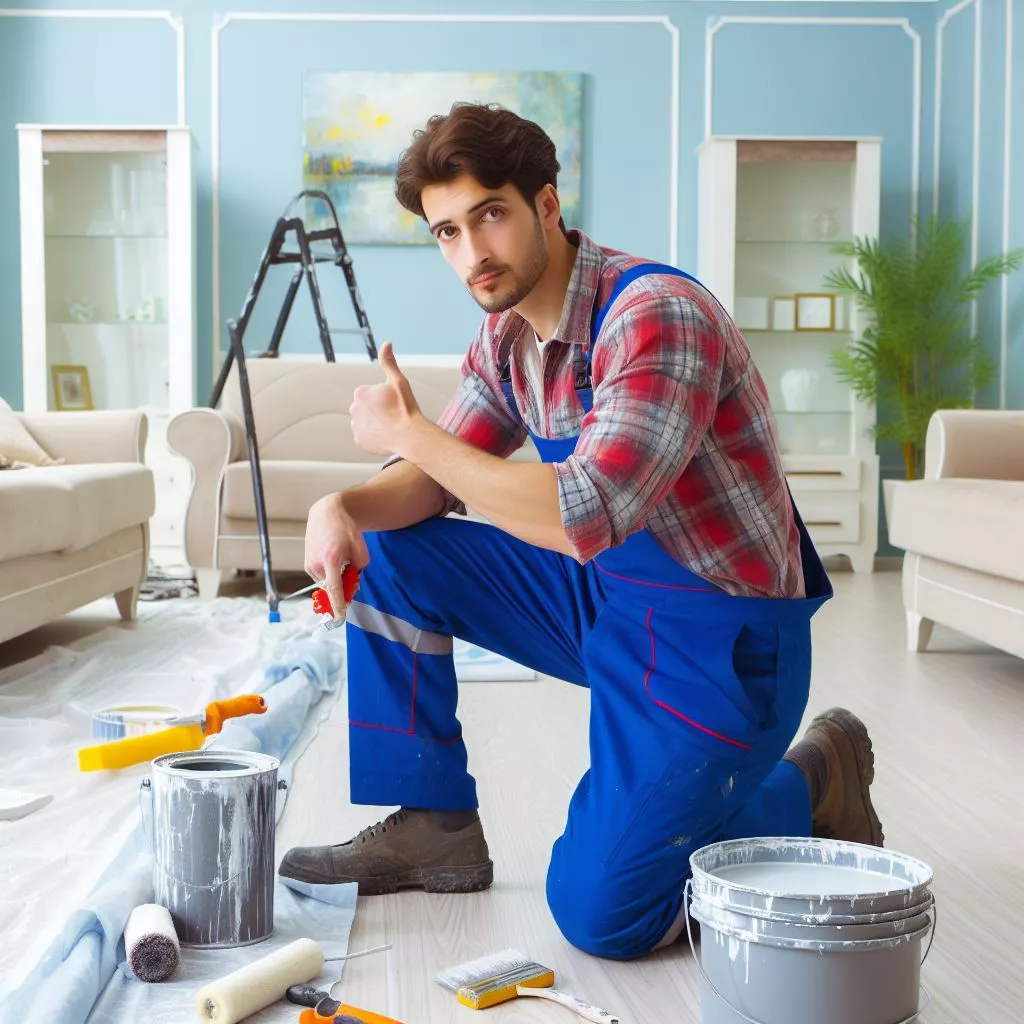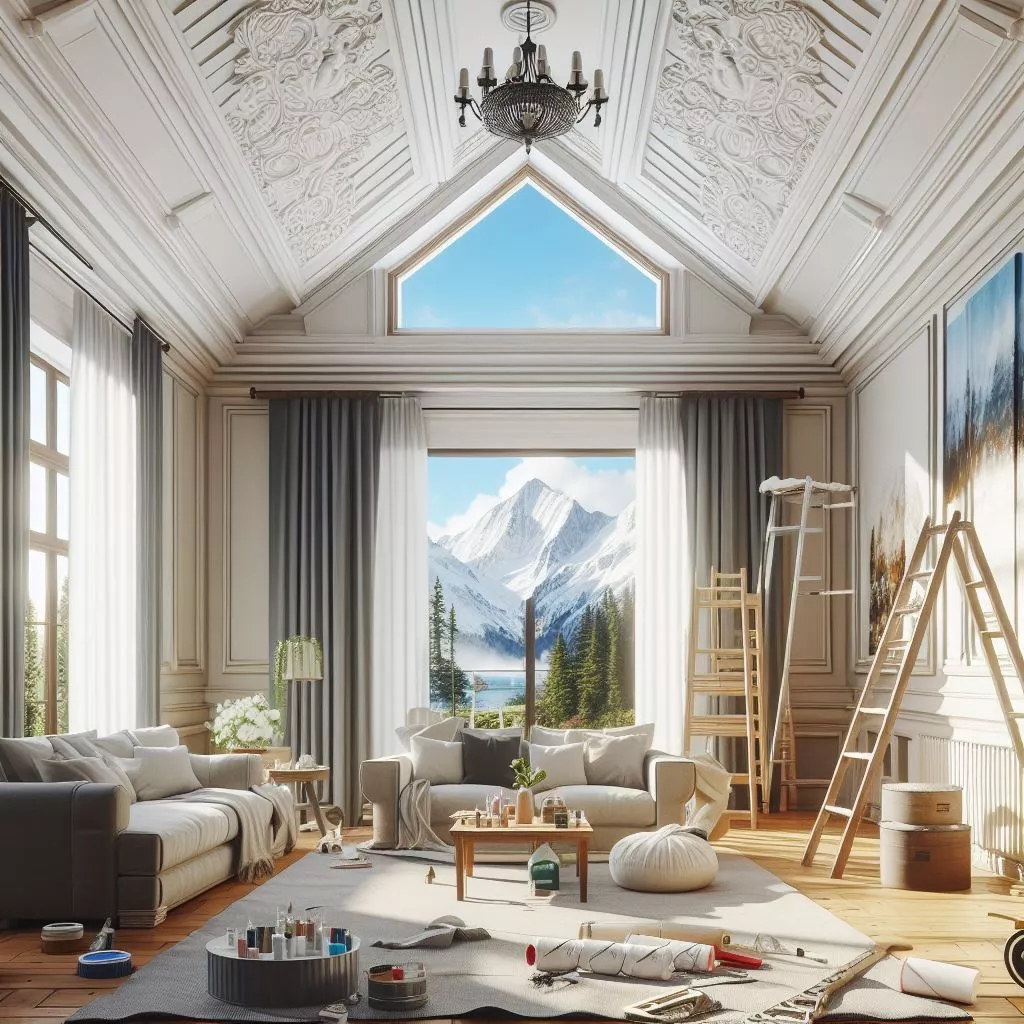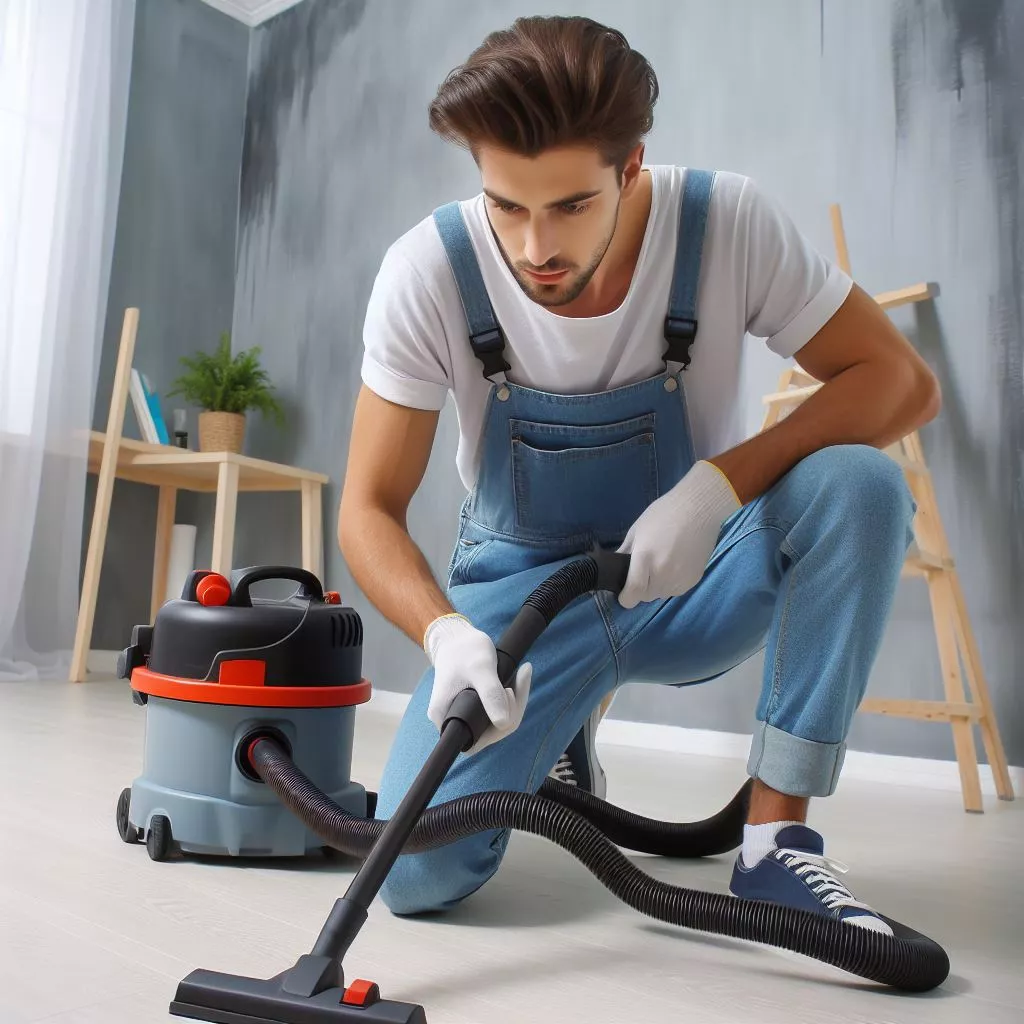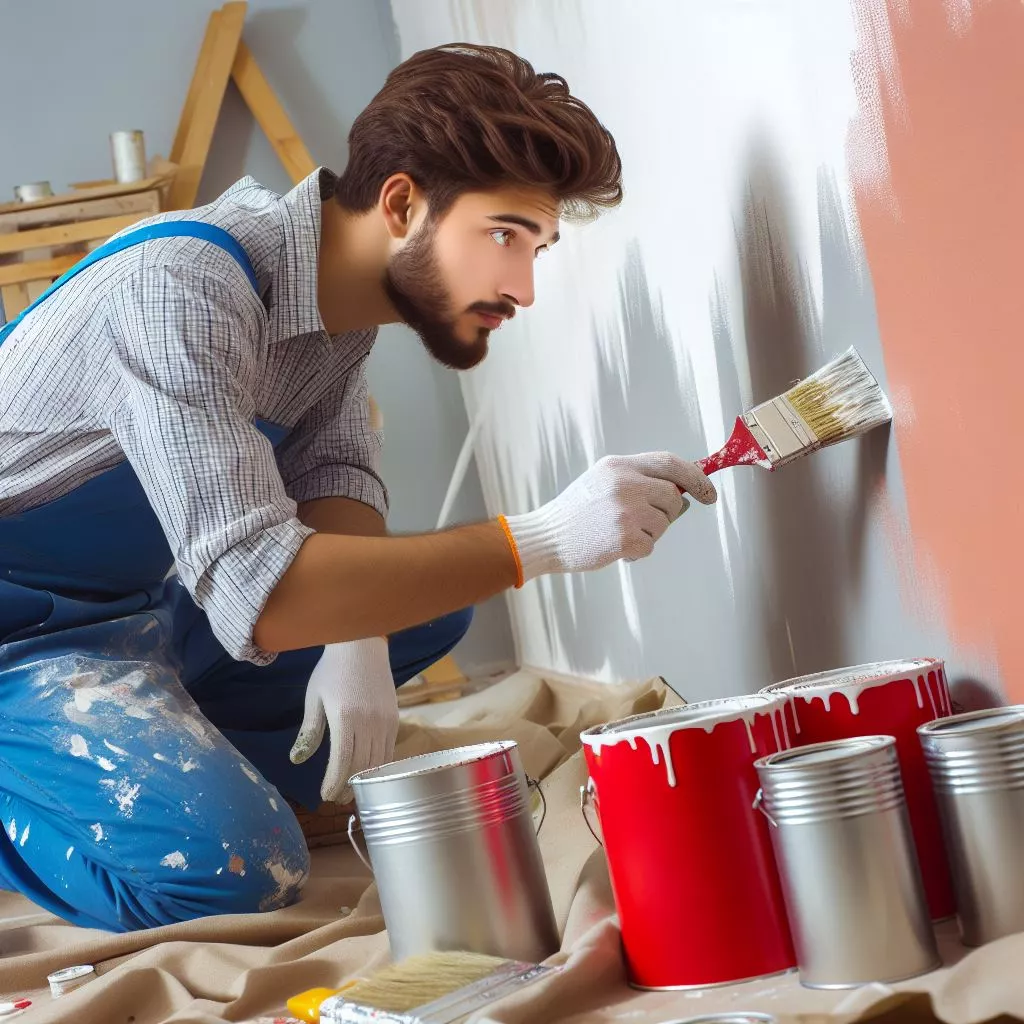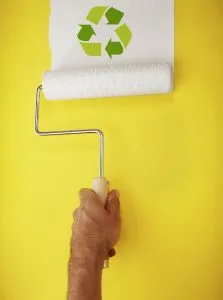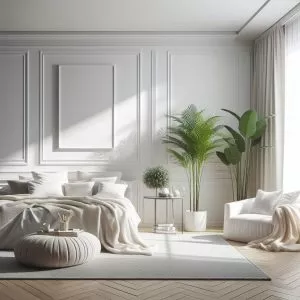Are you looking for the most important tips for preparing your home for interior painting? Look no further, you are in the right place.
Preparing house for painting interior is a rewarding endeavour that can breathe new life into your living spaces. However, diving into the painting process without proper preparation can lead to headaches and less-than-desirable results.
Before you grab that paintbrush, take some time to learn the best tips for preparing your home for interior painting. From clearing out furniture to patching up those pesky wall imperfections, there are several steps you can take to ensure a successful house painting project.
This guide will explain everything you need to know to prepare your home for interior painting. By following these tips for preparing your home for interior painting, you’ll be well-equipped to tackle your painting project and achieve professional-looking results confidently.
So, let’s dive in and explore the essential tips for preparing your home for interior painting.
7 Tips for Preparing Your Home for Interior Painting and Decoration
Planning and Gathering Tools for Interior Painting
Preparing your home for an interior wall painting project requires careful planning and gathering the right tools and supplies. Before painting interiors, assess your space and list everything you’ll need.
Begin by ensuring you have essential tools such as a putty knife, lightweight spackling compound, painter’s tape, and drop cloths. Additionally, ensure you have a sturdy ladder or scaffold for reaching high areas and cleaning supplies to prepare surfaces for painting walls and ceilings.
If you paint over dark or uneven surfaces, consider primer painting to ensure a smooth and long-lasting finish. Planning and gathering all the necessary tools and supplies is essential for a smooth painting process and to set yourself up for success.
Trust our interior painters Kellyville, Sydney and surrounding areas for outstanding painting services and preparation. Contact us today for a free quote.
Clearing the Space by Removing Furniture and Fixtures
Preparation for painting walls interior involves more than gathering supplies. The second crucial tip is clearing the room of furniture and fixtures to create a clean and spacious workspace.
Start by removing all furniture, light fixtures, blinds, and any other fixtures from the room. This step protects your belongings from paint splatters and gives you much space to work without obstacles.
For larger furniture pieces you can’t easily move, consider covering them with painter’s plastic to prevent accidental paint drips. Remove light switches and outlet covers to ensure a clean and professional-looking paint job.
By clearing the room of furniture and fixtures, you’ll create the ideal environment for a successful interior home painting project.
Safeguarding Surfaces: Shielding Your Floors
As you learn tips for preparing your home for interior painting, the next tip you will encounter is safeguarding your floor coverings. By taking proactive measures, you can prevent paint splatters and spills from damaging and staining your floors.
Utilise canvas drop cloths to create a protective barrier between your floors and the painting area. Ensure that the drop cloths are spread out evenly and cover the entire floor surface. Overlapping the drop cloths will provide extra protection and ensure no area is left exposed.
To keep the drop cloths securely in place, use painter’s tape to secure the edges. This will prevent any accidental movement or shifting during the painting process, allowing you to focus on achieving a flawless finish without worrying about potential floor damage.
Surface Smoothing: Preparing Walls
Before diving into the process of painting interior house, it’s crucial to ensure that your walls are smooth and flawless. Here’s how to tackle this step effectively:
Begin by thoroughly inspecting the walls for any imperfections such as holes, cracks, dents, or flaws. Use a keen eye to identify these areas and mark them for patching.
Next, grab your spackling compound and a putty knife. Apply the spackling compound generously to fill in the holes and cracks, using the putty knife to smooth it out evenly. Be sure to cover the floors with protective materials to prevent accidental damage to carpets or flooring.
Once the patches are dry, it’s time to sand down the surfaces to achieve a seamless finish. Grab your sanding block or sandpaper and gently sand over the patched areas and any other surfaces you plan to paint.
This step helps smooth out any rough edges or high spots, ensuring your walls are ready for a flawless paint application.
Sparkling Clean: Prepping Surfaces
Before you break out the paintbrushes, ensure your surfaces are squeaky clean. So tackle this step effectively:
Start by grabbing a broom and vacuum cleaner to rid the walls and ceilings of any dust, cobwebs, or debris. Be thorough in your cleaning, paying close attention to corners and crevices where dirt may hide.
Next, take a damp cloth and wipe the surfaces to remove dust and dirt. This step ensures that your paint will adhere smoothly and evenly to the walls.
Once you’ve prepared the surfaces, allow them to air dry completely before proceeding to the next tips for preparing your home for interior painting.
Sharp Lines: Using Painter’s Tape Like a Pro
Achieving clean lines in your interior residential painting project is crucial, and the key to doing that lies in using painter’s tape effectively. Don’t compromise on the quality of your work – follow these steps to get it right:
Begin by choosing a high-quality painter’s tape designed for delicate surfaces. This ensures that the tape will adhere well without damaging your walls or trim.
Carefully apply the tape along the edges where the wall and trim meet, ensuring it’s straight and evenly aligned. Press down firmly to create a tight seal and prevent any paint from bleeding underneath.
Be careful when taping off areas that shouldn’t be painted, such as windows, door frames, and baseboards. Properly taped areas will result in professional-looking results once the painting is complete.
Get Your Surfaces Ready: The Importance of Priming in Painting
As you prepare your home for interior painting, consider the crucial step of priming the surfaces. Here’s why it’s essential:
Priming creates a smooth surface for the paint to adhere to, ensuring a more durable and long-lasting finish. This step is particularly important for porous surfaces or transitioning between dark and light colours.
Using a high-quality brush or roller to apply the primer will guarantee optimal coverage and durability, setting the stage for a flawless paint job.
Conclusion
In conclusion, before painting an interior home, it’s crucial to prepare first to ensure a successful and professional-looking result. From gathering the necessary tools and supplies to protecting your floors and surfaces, each step plays a vital role, and this is how to prep for painting a room and the entire house.
Remember to take your time, pay attention to detail, and prioritize proper preparation for the best outcome.
If you want the highest quality and hassle-free painting experience, consider hiring a professional painting company like Auspaint. With our expertise and meticulous preparation, we’ll take care of every detail, leaving you with a beautifully painted interior you’ll love for years.
Contact us today to learn more about our services and how we can help bring your vision to life.


